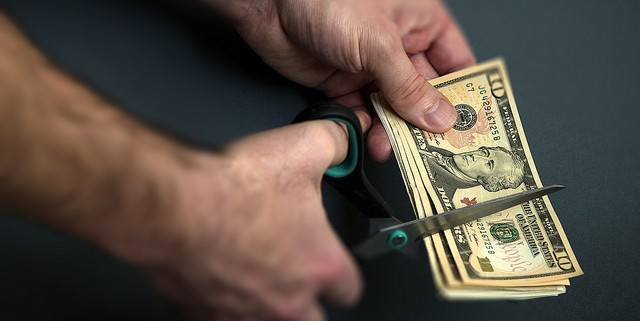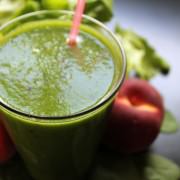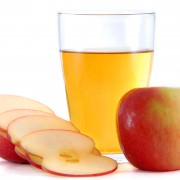The Most Common Menu Flaws That Kill Sales
Bad restaurant menus can hurt sales. They will leave your guests feeling confused, or even intimidated, by poor organization and unattractive item descriptions that don’t help sell. If your menu is unorganized or hard to understand, then you should change how you design and write your menus. A clear and well-written menu will sell itself, so you should put a lot of thought and care into the message your menu sends. You might loose customers otherwise. Here is a list of common menu flaws that kill sales, and examples of how to avoid them.
Strong Menu Design Can Increase Sales
Poor menu design can annoy or intimidate customers and cause them to make decisions based on negative feelings. This is bad for business, and it will discourage customers from returning for another meal. It’s important to consider the benefits of strong menu organization. Build a checklist that will help you build an organized menu. Here are some places to start.
Checklist
- Legible font that is large enough to easily read
- Menu section titles that clearly communicate what your guests can expect from the items listed in each section
- Exciting descriptors that entice guests
- Verbiage that guides guest through the menu
- A consistent system for how items are listed: size,
price, flavors, weight, favorites*
*We don’t suggest organizing menus by descending price, particularly wine or beverages, because it can result in customers ignoring sections the menu with items outside of their preferred pricing zone.
Organizing Your Wine List
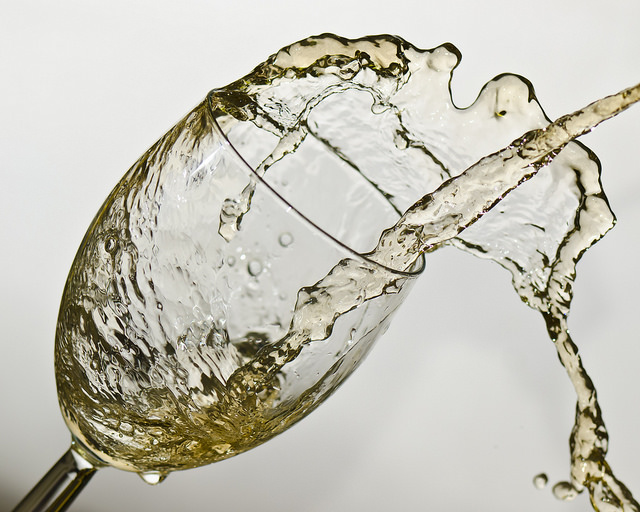
Wine is an intimidating category for many consumers, especially young consumers who are new to it. It’s important to make sure your wine list is easy to understand. Wine menu organization should always provide clarity to your guests on what they should expect from each wine.
Bottled wine lists
Many bars and restaurants separate their wines into categories based on varietal or region. This is a great way to list your bottles, but it also prevents people from venturing outside of their comfort zone. A positive goal for a wine program is to provide the opportunity for guests to try a wine or style they’ve never had before, but offers a profile that has similar flavors, bodies and textures to wines they like.
Whatever you do, don’t just offer a bottled wine menu that lists wines without context.
- Organize wines by profile. If a guest likes light pinot noirs and your organize wines by profile, then you can list a Burgundy red next to an Oregon Pinot Noir, and your guests can see the different options they have and try something new.
- Section wines by food pairings. This is a great way to increase bottle sales and encourage food and wine pairings. If you list your reds by what foods they pair best with, like a section titled, “Perfect with Our Prime Rib…” then guests can make decisions that create a well-rounded experience.
- Use bold fonts. Using bold or different styled fonts helps you highlight crucial information to your guests that will help sell your wines. This could be tasting note descriptors, varietals, or food pairing choices. Keep your bold or highlighted text minimal, because you don’t want to create a chaotic menu.
Find a faster way to price drinks and with Uncorkd’s liquor price calculator sheet. It’s free and simple to use.
Glass pour lists
Many wine-by-the-glass lists are only organized by red, white, and sparkling. It is fine to do this, but you should design a system that gives your wines the context that will help your guests make better decisions.
- List glass pours by weight. This helps guide your guests through your selection and gives sub-level organization to standard Red or White categories. Either note this on your menu, or have a server point this out during service.
- Use “similar to…” suggestions. Glass pour lists are a great place to offer unique wines that guests are unfamiliar with, but are willing to try a single glass of. If you’re selling little know varietals or styles, add a note about what wine styles these unique pours are similar to.
- Provide a bottle suggestion. Wine is the largest profit center for restaurant alcohol sales. By upselling your guests to a bottle, you can increase overall wine sales. By listing a suggested bottle offering that is similar to a glass pour, you can passively upsell to your guests.
- Create a reserve list. A reserve list is a menu section dedicated to high end, and generally more expensive wine bottles. Though you can create a reserve list for beers and spirits, too. This is a great way to create the appeal of a luxury experience for your guest. But make sure your clientele are capable of spending money on high priced bottles. If you have a young or thrifty demographic in your restaurant, then reserve lists might not be for you. Also, start with a small list to gauge interest. The last thing you want is to be stuck with a reserve list inventory that won’t sell, and you have to drop margins to move bottles.
Be Clear With Cocktail Descriptions
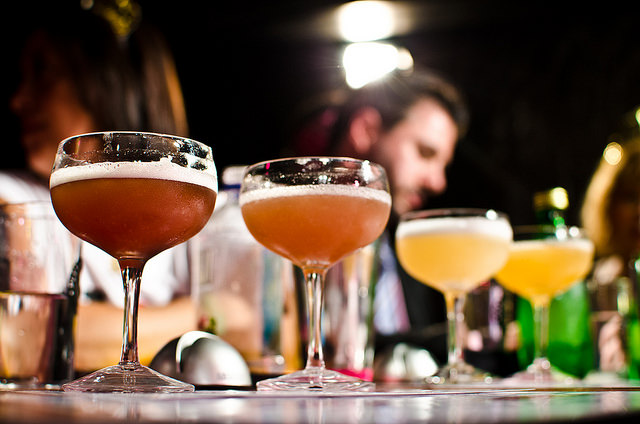
The cocktail resurgence has unearthed and dusted off many forgotten liqueurs, bitters, brands, and styles of cocktail. It’s hard to keep up this trend. It’s especially difficult for newcomers to the cocktail scene to read and follow menus. And those little known cocktail ingredients may be stopping your guests from ordering and enjoying a really nice drink.
When you’re writing a cocktail menu, it’s important to be conscious of the general cocktail knowledge of your guests. Not everyone is a mixologist, thankfully. So communication is key.
Cocktail Menu Communication
- Organize cocktails by profile. You can either create sections with headers like bitter, sweet, spirit-forward, light, low-alcohol, or organize those cocktails together on your list and use those words in the description.
- Promote familiar flavors. List the most attractive elements of ingredients in your cocktail. For unfamiliar liqueurs like amaros, use the liqueurs base ingredient as your descriptor. For example, if you have a cocktail that uses the rhubarb-based amaro Zucca, list it on your menu as rhubarb liqueur.
- Use your menu to educate. Provide a fun “menu key” that will describe certain elements of drinks that are not widely know. For example, if your bar serves a rum flip, have a note that lets your guests know that a flip is a class of cocktails that uses an egg.
People are more responsive to ingredients that they’re familiar with and know what flavors to expect. When thinking about your menu copy, you should consider what elements of a drink people will most likely respond to.
Define Your Food Menu Sections
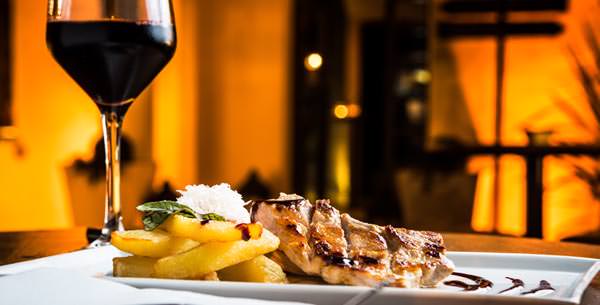
How your food menu is organized is crucial for your diners. A server’s job is to help guide their tables through the meal, but a poorly organized menu can make that job much more difficult. Poor organization can lead to confusion, and you don’t want guests to feel any negative emotions while dining with you. It’s important that a menu clearly communicates things like the plate size, share vs. individual plates, and a clear understanding of how to order off your menu.
A note on shared plate menus
Menu organization is especially important for restaurants that serve tapas, or shared plate style food. This style of service has become increasingly popular in the U.S. in the last few years, and many restaurants do it wrong. Either plates aren’t actually designed to be shared, like restaurants offering hamburgers on their sharing menu, or portion sizes are actually too large and the recommended number of plates per person are actually too much.
Keys for Food Menu Organization
- Clearly define plate sizes and courses. If your guest is unclear how large your portions are, they may not order enough, or, may order much more than intended too. Either way, this leaves the guest feeling slighted by their experience.
- Use attractive descriptors that attract guests. Much like the boom of cocktail culture, the food world has exploded, too. Make sure you describe your dishes in a way that informs your guests.
- Promote your best dishes by putting them at the top of sections. You want your guests to have the best experience, so much sure it’s easy to find your best dishes.
- Keep menus clean. If you’ve ever received a dirty menu, you know how unsettling that is. A menu smudge at a greasy spoon might be expected and oddly charming, but for most restaurants, a clean and unwrinkled menu is a must.
- Highlight guest favorites with a star or other icon. Aside from item location, you can highlight guest favorites, or specials with different icons and signage on your menu.
Are you changing your menu this fall? Eliminate menu reprinting and create the perfect menu design with Uncorkd. Click here to learn more!
- 5 Fall Cocktails to Capture the Flavors of Autumn - September 26, 2018
- How Restaurants Can Ignore Sales and Increase Profits - May 9, 2018
- 2018 Spring Wine Trends - April 18, 2018

